Problematic Coastal Development | Access
March 26, 2025
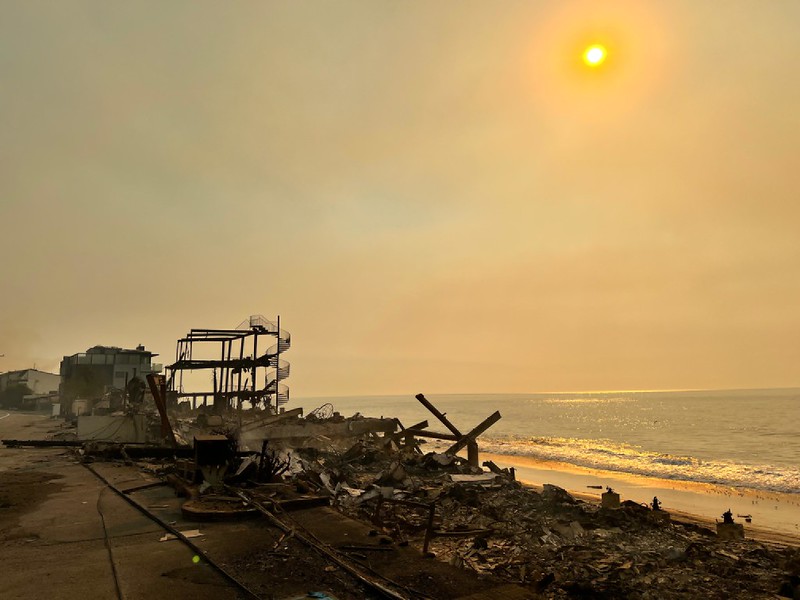
They lost their coastal Malibu homes to fire. But should they rebuild along a rising sea? – the Los Angeles Times
Excerpt:
“I think we suffer from what I call a short disaster memory. We want to get in there and build and rebuild as fast as we can,” said Gary Griggs, a UC Santa Cruz oceanographer and coastal geologist who wrote “California Catastrophes: The Natural Disaster History of the Golden State.” But the impermanence of coastal construction ”is not something most people are interested in hearing about…”
Dean and Denise Wenner were sweet on the Cape Cod-style home from the moment they found it in 2019. It had five bedrooms spread over three levels, with decks that hung over Santa Monica Bay.
When the tide was up, you felt almost like you were on an ocean liner, with views that swept from Palos Verdes to Point Dume.
Now the Wenners are among more than 300 families along Pacific Coast Highway in Malibu who lost their homes in the January firestorms, all of them facing even greater hurdles than their inland neighbors in trying to rebuild homes that most never planned to leave.
The reason for extra anxiety along Pacific Coast Highway? The very qualities that made the houses so special — their precarious toehold on the Pacific coast — will now make them particularly challenging to rebuild.
Already burned by a fire that came from the north and east, the owners are being required to rebuild their homes to ward off ever-rising seas and fiercer storms coming from the south and west.
That will mean not just incorporating the fireproofing measures now required of homes throughout California’s fire zones but propping the homes many feet higher and constructing sturdier seawalls — measures meant to protect the homes and their septic systems from ocean encroachment that grows ever greater as the Earth’s climate warms.
Reconstruction along the Malibu coast underscores a truth repeated many times in inland communities: While the laws of nature cry out that this is inhospitable ground, the politics of tragedy and the laws of private property demand that the Renners and their neighbors have a chance to rebuild.
“Right now it would be political suicide for anyone in public office to talk about not rebuilding everything and anything, after the fires,” said one longtime observer of coastal development, who asked not to be named to avoid alienating Malibu homeowners. “This is not a time that invites the most thoughtful policy discussion.”
That means no one in political leadership — from Malibu City Hall to the governor’s mansion — has been willing to raise another alternative, favored by some academics and climate policy analysts: removing homes along the shoreline to accommodate the advancing ocean…
More on Problematic Coastal Development . . .
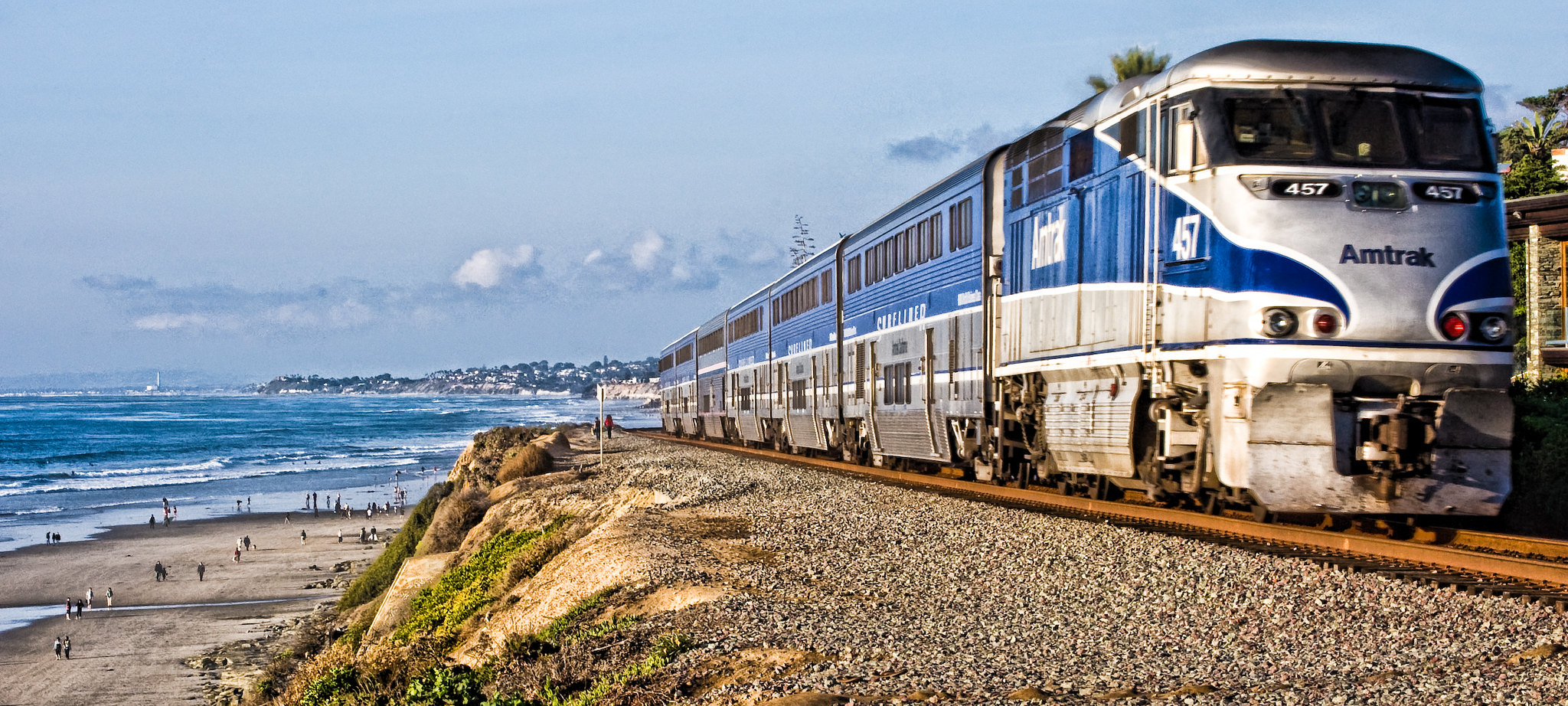
A Scenic California Rail Line Sits on an Eroding Cliff. Where Should the Tracks Go? – the New York Times
In the city of Del Mar, near San Diego, most agree the train tracks must move off eroding bluffs. But debate over its new route has stalled the project while climate change raises the risks. …
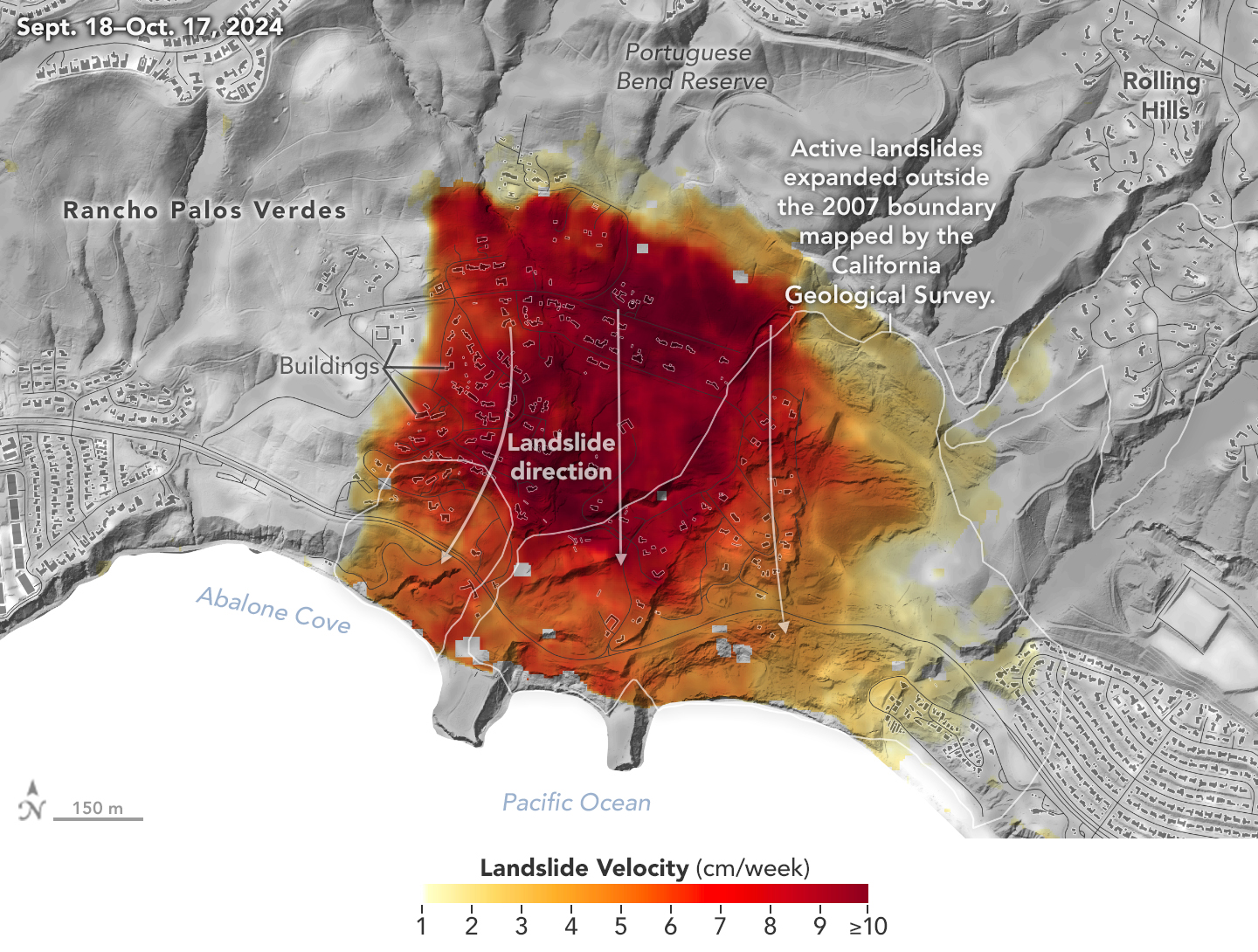
A coastal California community is sliding 4 inches a week toward the ocean – SFGate
Residents in scenic communities along the coast of Southern California have known for years that the Palos Verdes Peninsula is prone to landslides, but new research from NASA reveals a startling speed at which the Los Angeles subregion is shifting into the sea. …
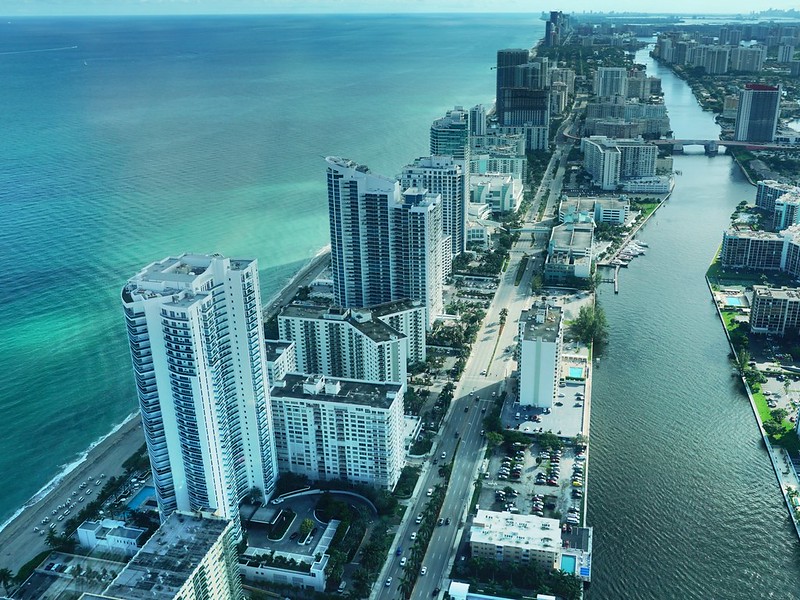
Dozens of coastal skyscrapers in Miami are sinking – earth.com
On the barrier islands of Miami, a troubling phenomenon is unfolding. Since 2016, construction has contributed to subsidence, causing 35 high-rise buildings, including Trump Tower III, to sink as much as eight centimeters into the ground…
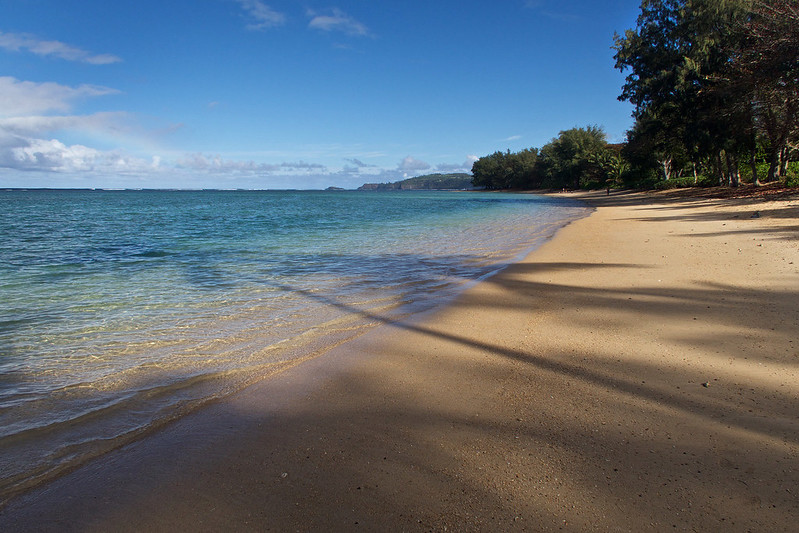
Hawaii homeowner hired security to kick people off Kauai beach – SFGate
“We deeply apologize, and want to reassure our neighbors that it won’t happen again. As a fourth-generation local family, we have deep respect for the land and our community,”…
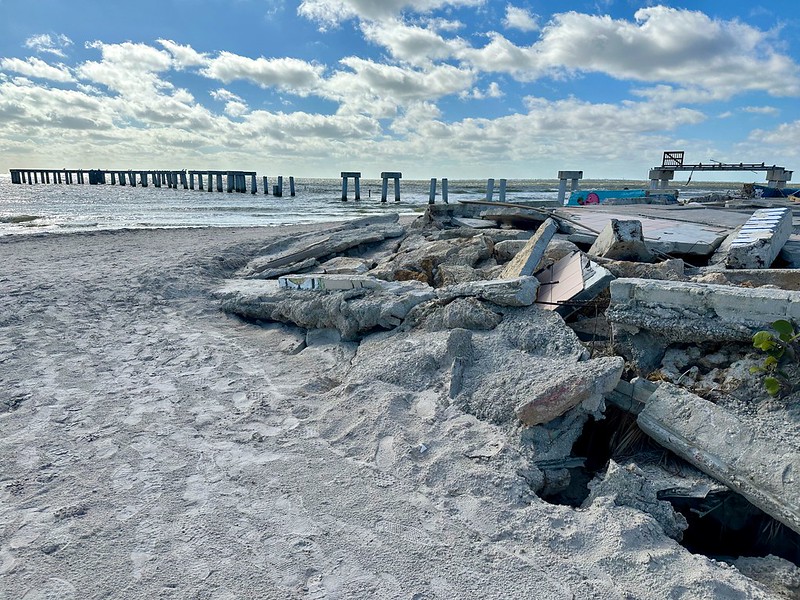
If Hurricane Rebuilding Is Affordable Only for the Wealthy, This Is the Florida You Get | Opinion – the New York Times
When Hurricane Ian…made landfall nearly a year ago, a storm surge as high as 15 feet left the town of Fort Myers Beach nearly submerged for several hours.Today…the island reveals countless properties recently cleared of debris selling for millions and even tens of millions of dollars…
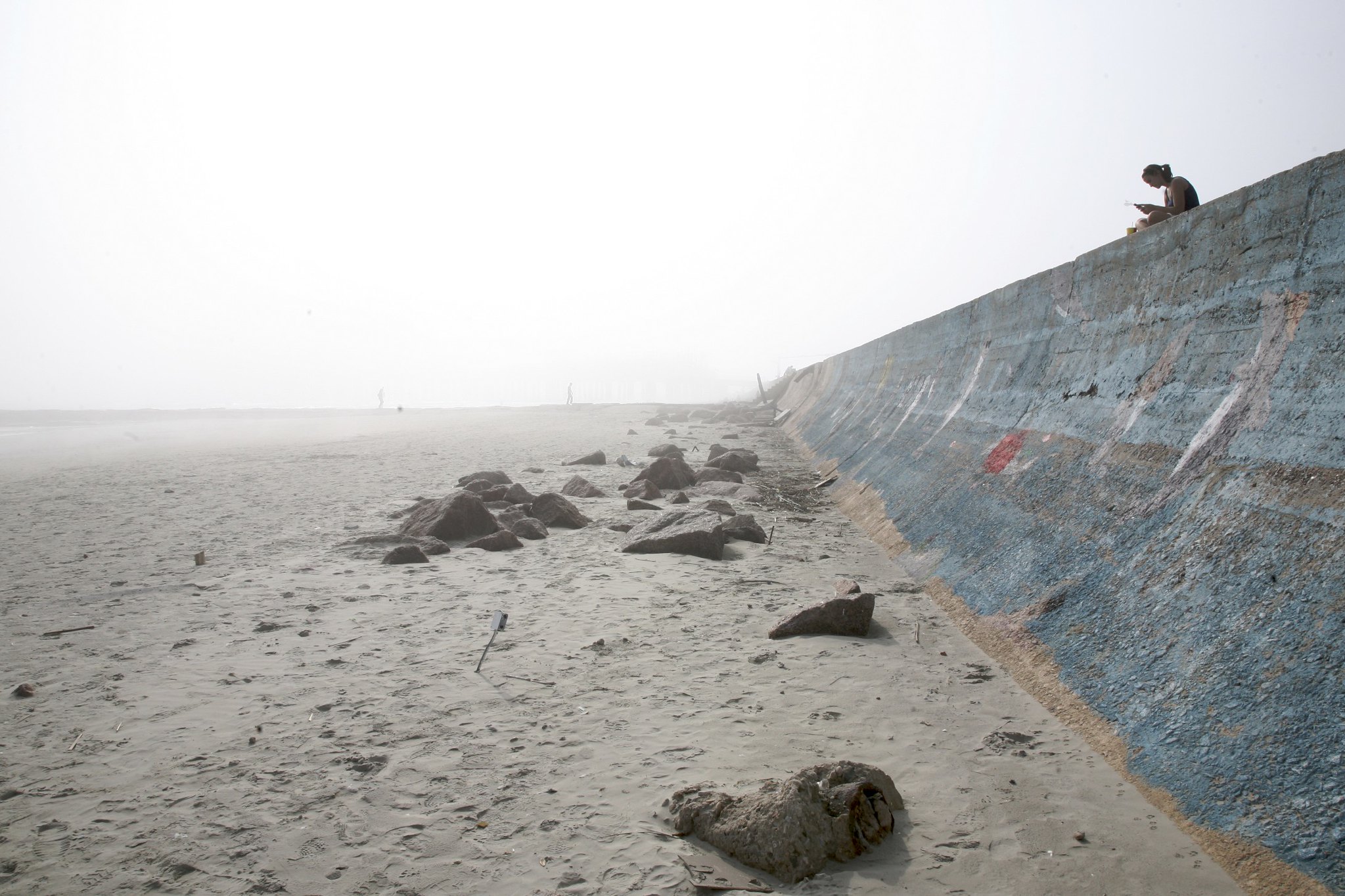
Where the sea wall ends | Interactive Feature – the Washington Post
At a time of fast-rising seas, the ocean is eating away at this barrier island and others like it. But humans, who have held their ground here for over a century, are planning new condos…

Controversial Punalu‘u project on Big Island set back as contested case moves ahead – Kaua’i Now
The developer of a controversial proposed Ka‘ū residential and commercial community on the Big Island will have to wait to find out if it will be approved for a special management area use permit to move forward with project — or if it will be considered at all — following a special meeting Monday of the Hawai‘i County Windward Planning Commission in Hilo…
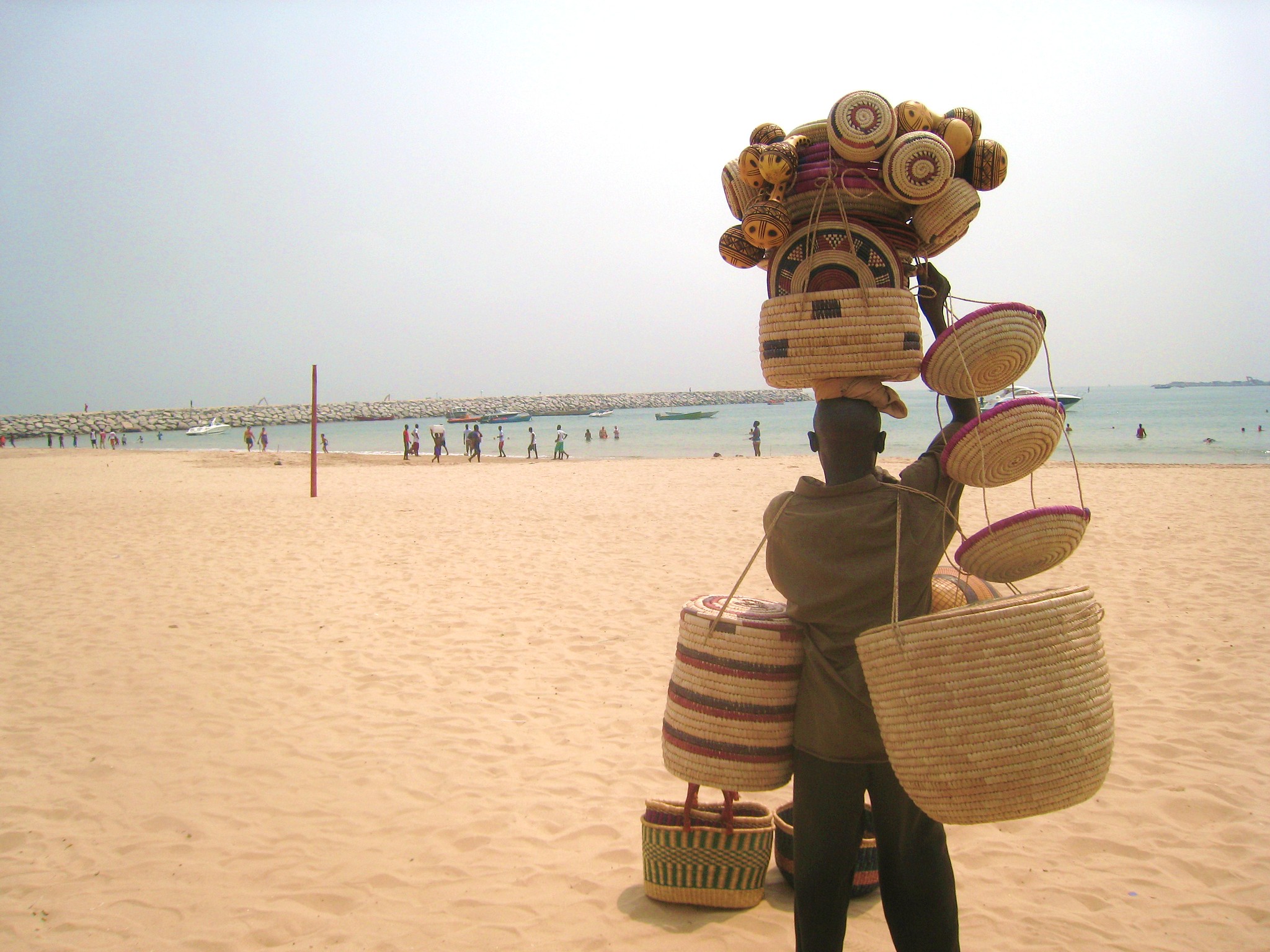
Sweltering Lagos Has 25 Million People and Zero Free Public Beaches – Bloomberg
Nigeria’s commercial capital boasts miles of white sand along the Atlantic Ocean that once teemed with locals looking to beat the heat. So what happened?
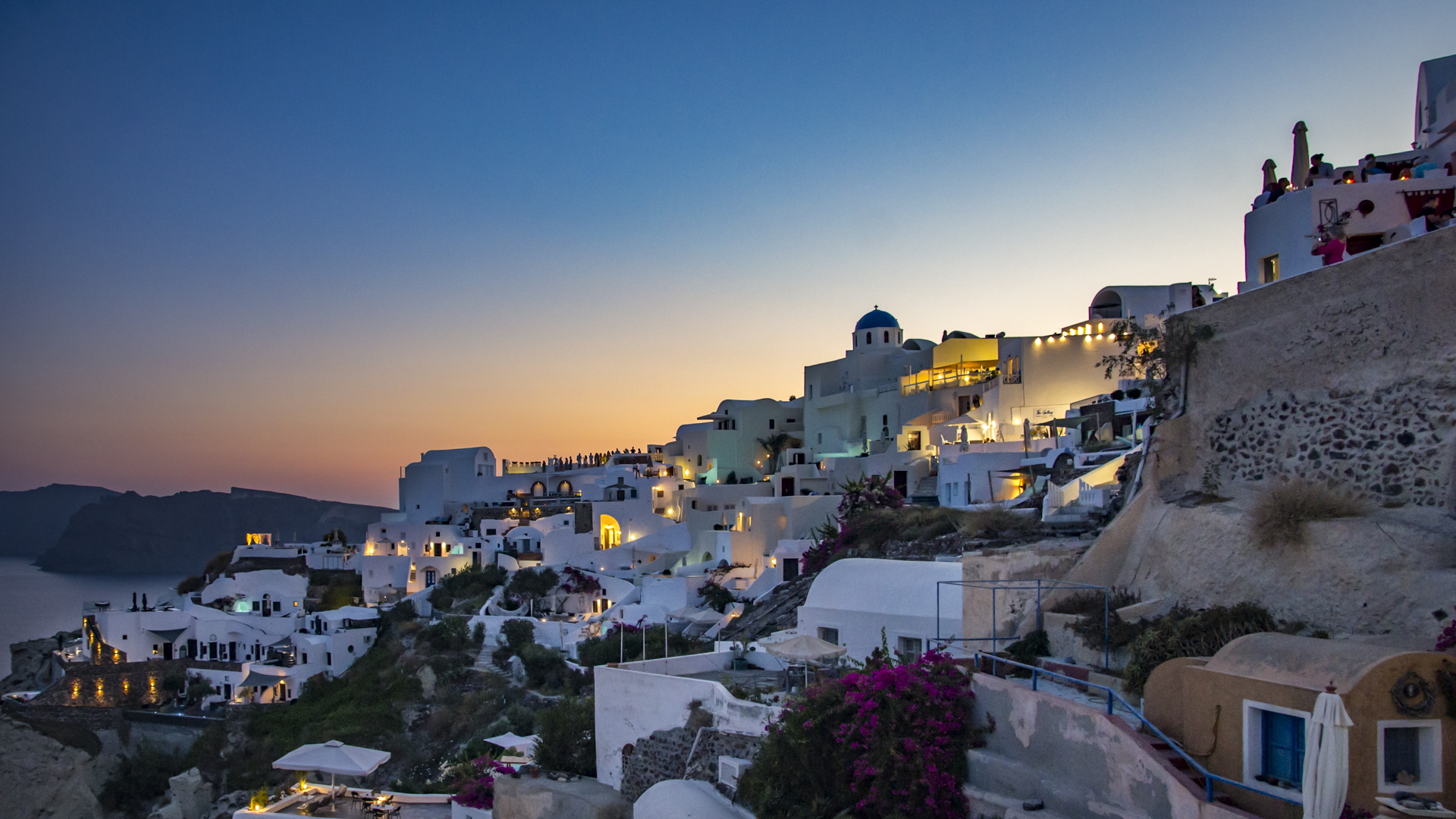
As Development Alters Greek Islands’ Nature and Culture, Locals Push Back – the New York Times
As a proliferation of pools threatens some water supplies and housing costs skyrocket, people of the Cycladic islands say the Aegean islands’ character is being lost to real-estate homogenization…“It’s very easy to talk about sustainable development, but all they actually do is approve new investments,” said Ioannis Spilanis, a former general secretary for island policy at Greece’s shipping ministry and now head of the Aegean Sustainable Tourism Observatory…
